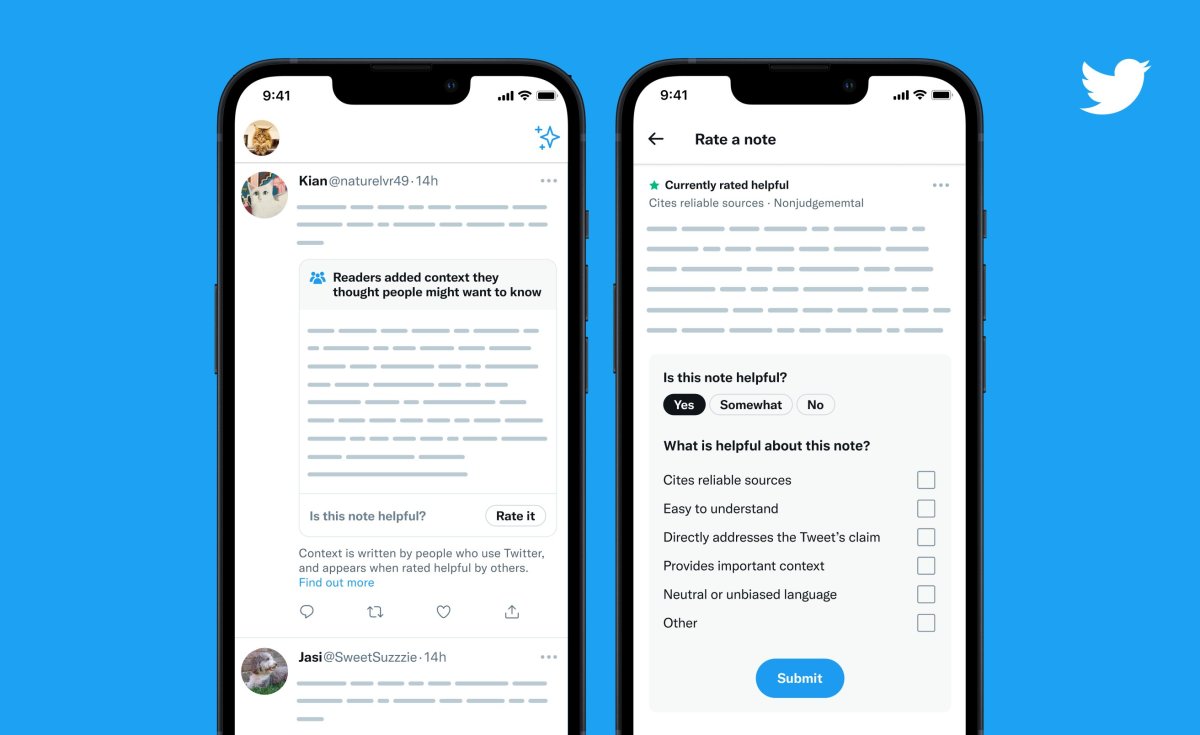Elon Musk-owned X, the company formerly known as Twitter, is streamlining its crowdsourced fact-checking feature Community Notes. The feature historically has provided information to users about why they were seeing a fact check appended to a tweet, er, post. Now, after three years of development, the company says this extra context will be removed for those who are already experienced with Community Notes.
In a post by X employee Lucas Neumann, he explains that Community Notes will evolve alongside people’s usage. As users become familiar with the feature, the company will remove the detailed explanations about how Notes work — though these will continue to appear for audiences new to Community Notes, he says.
“When we first introduced @CommunityNotes, it was a very unfamiliar concept to most users. Understandably, people were naturally skeptical and had many questions when they encountered a note,” writes Neumann. “Our research consistently found that versions with more text, rather than less, helped people perceive notes as friendly, helpful, fair and trustworthy. It also helped them understand that these came from the community instead of company employees. My minimalist designer soul resisted these findings initially, but our research was solid, so we leaned on the side of text abundance,” he continues.
“Now, after 3 years, as @CommunityNotes matures as a first-class feature and earns more people’s trust, we can finally start streamlining and refining it. We’re taking a ‘progressive onboarding’ approach: detailed explanations will continue to appear for audiences new to Community Notes, and where space permits, while streamlined versions will start showing to those with more experience,” Neumann says.
The change is small and subtle, but one that speaks to the growing understanding among X’s user base of how the crowdsourced fact-checking process works. Launched to Twitter’s global users in December 2022 after earlier tests, the feature previously known as Birdwatch has been refined over the years so the “wisdom of the crowds,” so to speak, couldn’t be easily gamed by someone or a group of people wanting to spread misinformation.
The system is not as simple as having a post or fact check upvoted or downvoted for accuracy. If that were the case, brigades of like-minded contributors could team up to promote their own viewpoints. Instead, Community Notes uses a “bridging” algorithm that attempts to find consensus among people who don’t usually share the same views. Not everyone can immediately become a contributor to Community Notes, either. They first have to prove they’re capable of writing helpful “notes” by correctly assessing other notes as either Helpful or Not Helpful, which earns them points. Once reaching contributor status, users must then continue to add quality contributions or they will have their contributor status removed.
The Community Notes also can’t be edited or modified by X’s team members and don’t represent the company’s official viewpoint, the company explains on its website.
Musk, in particular, felt strongly about Community Notes, after having been highly critical of Twitter’s former content moderation efforts before he took ownership.
“Community Notes is a gamechanger for improving accuracy on Twitter!,” Musk tweeted last year.
While originally designed to provide additional context for tweets that didn’t technically violate Twitter’s rules, but could be misleading or lacking critical context, Community Notes play a larger role on the new X as the company’s employee headcount, including in trust and safety and moderation, has declined through layoffs.
Though other areas of the old Twitter have been cut or revamped — from subscriptions to newsletters to the status of third-party clients — Community Notes appear to be the focus of continued development.










